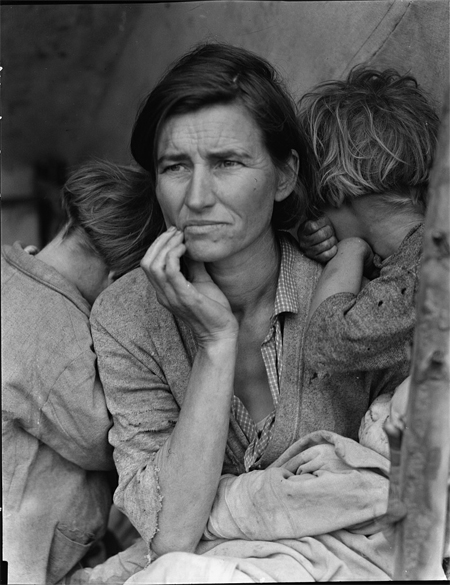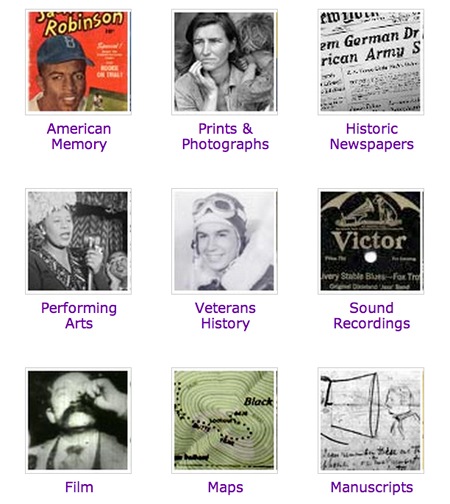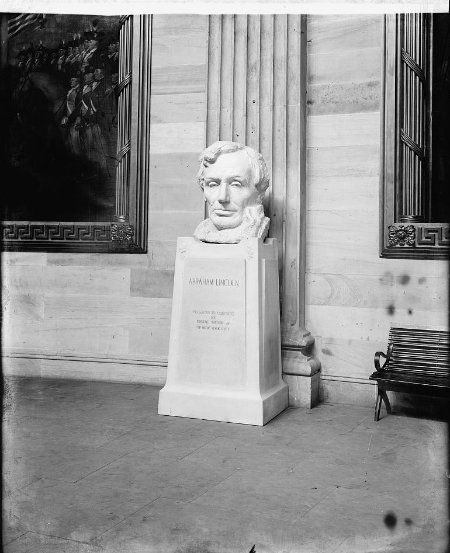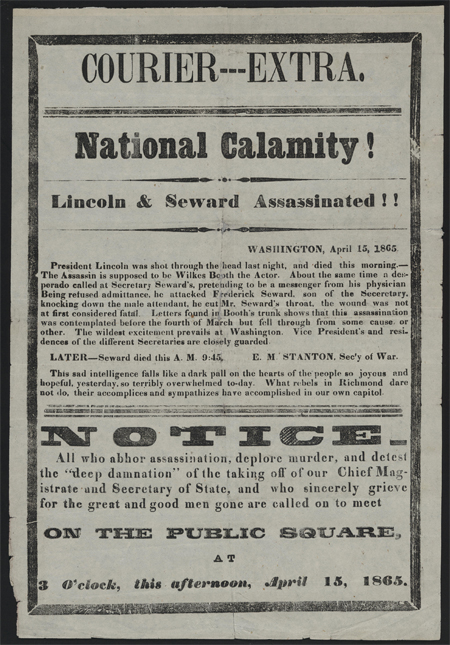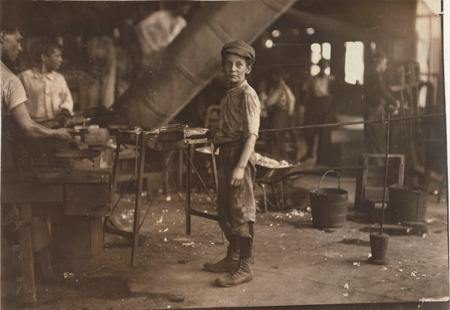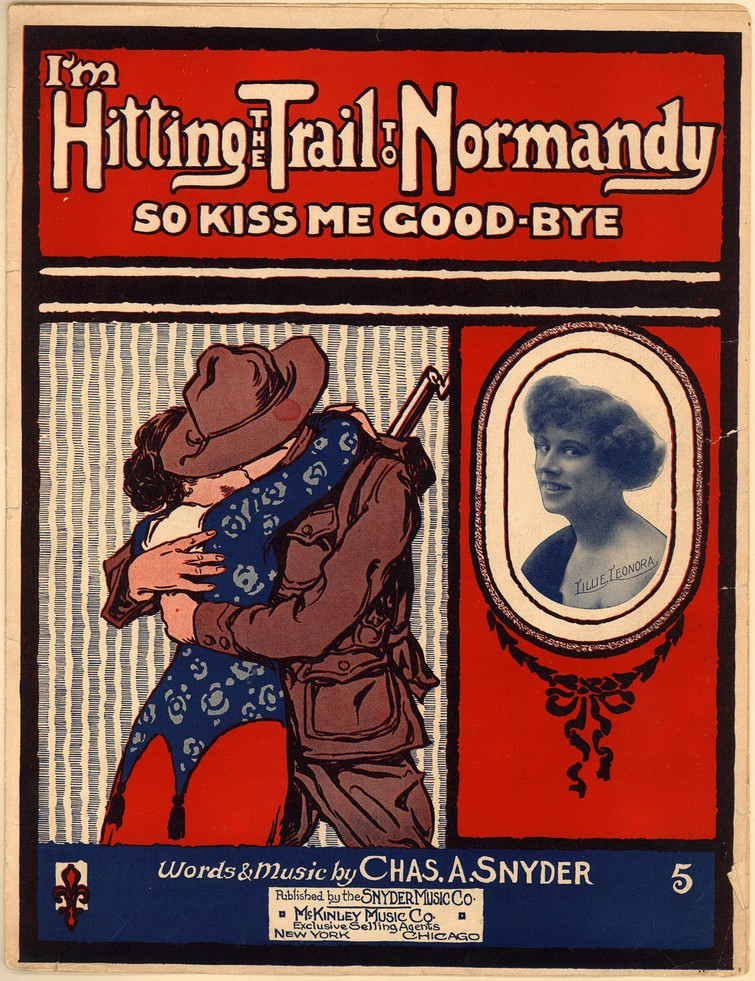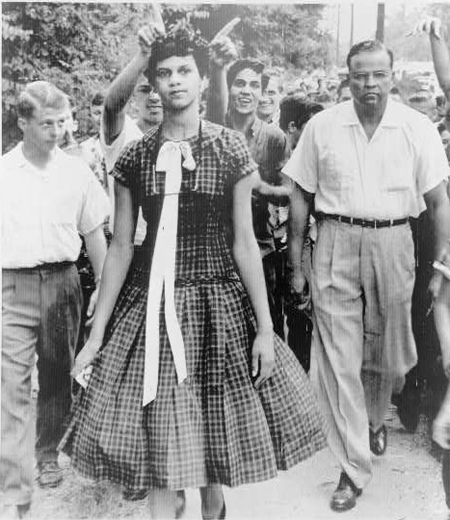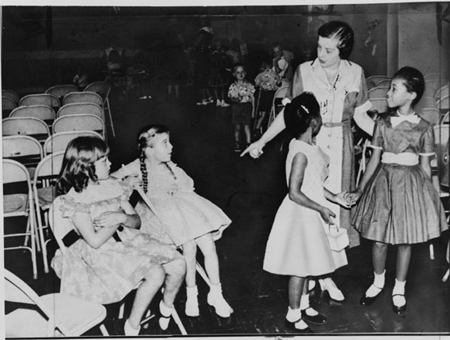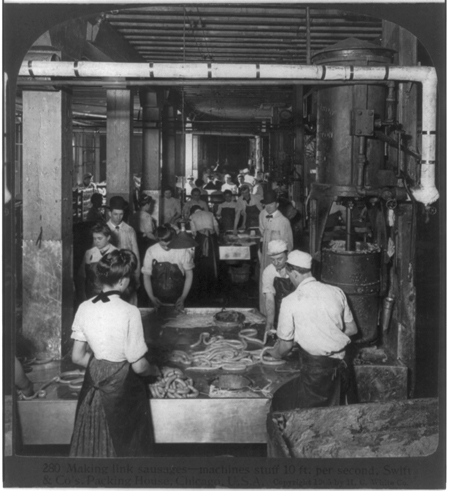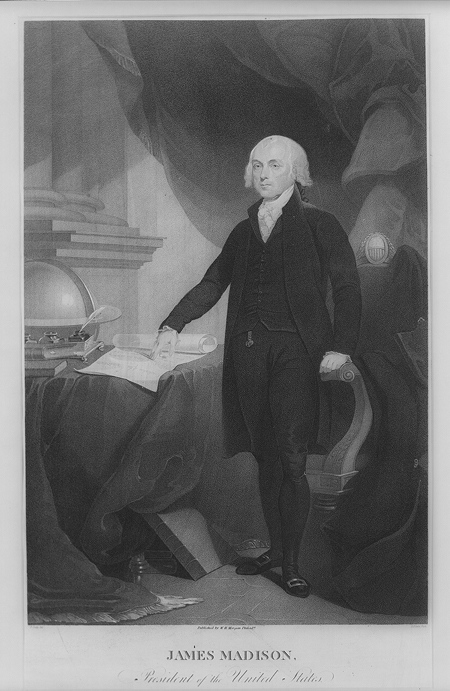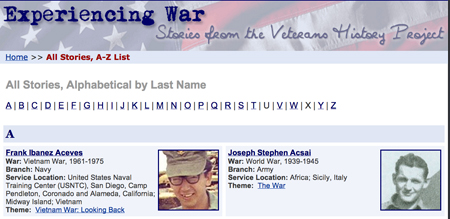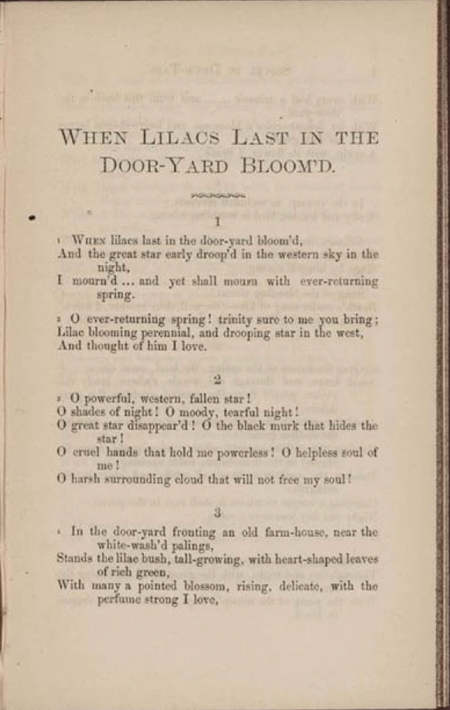Analyzing Primary Sources: Learning from Images
They say pictures are worth a thousand words. Primary source images, whether they are photographs or prints, provide windows into unique perspectives of people, places, and events. The analysis of primary source images helps scaffold and differentiate learning and aligns closely to the Common Core English Language Arts Standards (CCSS). The Library of Congress is a treasure…

